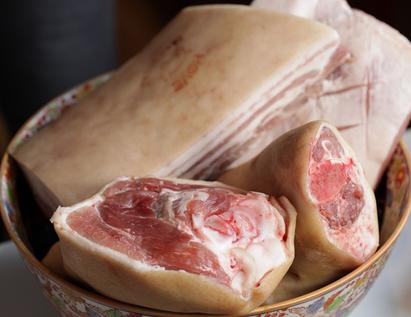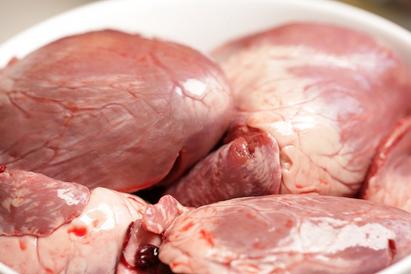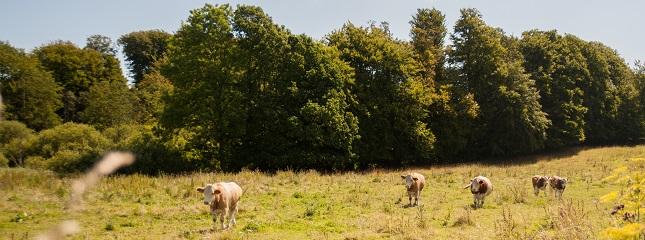Meat and fish in the Viking Age


The Vikings kept many of the domestic animals that we are familiar with today. A typical Viking household in an agricultural area possessed cattle, horses, pigs, sheep and goats. In addition, there were hens, geese and ducks. Fish were also caught in the sea and seals were sometimes hunted.
The Vikings got the most out of their domestic animals. First they were used as working animals, then later they were slaughtered and eaten. The bones, horns and skins were later used to make clothes and implements, including needles, spoons and many other objects.
If the cow was old and worn out, it was obvious what the menu would consist of in the following days. Pigs were the only domestic animals, that were solely kept for their meat. The Vikings were therefore extremely good at utilising their food resources.

Preparation of meat
Meat and fish were also dried and salted so that they could be preserved for a long time. The Arabic traveller and writer al-Tartushi wrote of the inhabitants of Hedeby, that their most important source of nourishment was fish. But they also lived close to the sea. They could choose from 26 different types of fish – the most important of these was herring, which was probably preserved in brine. Archaeological finds also indicate that fishing was an important occupation. These include nets, metal hooks, eel spears and fish bones.
The Vikings made sausages from the offal and blood of their domestic animals. The sausages were made after animals were slaughtered in the autumn.
Horsemeat was only eaten on festive occasions. In Haakon the Good's saga it is described how horsemeat can be used to make a soup.
Milk, butter and cheese
The Vikings drank milk from cows, as well as from goats and sheep. We do not know whether the animals produced milk all year round, but the Vikings certainly conserved some of the milk in the form of cheese and butter. We know that the butter was heavily salted so that it lasted longer. These milk products were an invaluable source of fat during the long winters.

